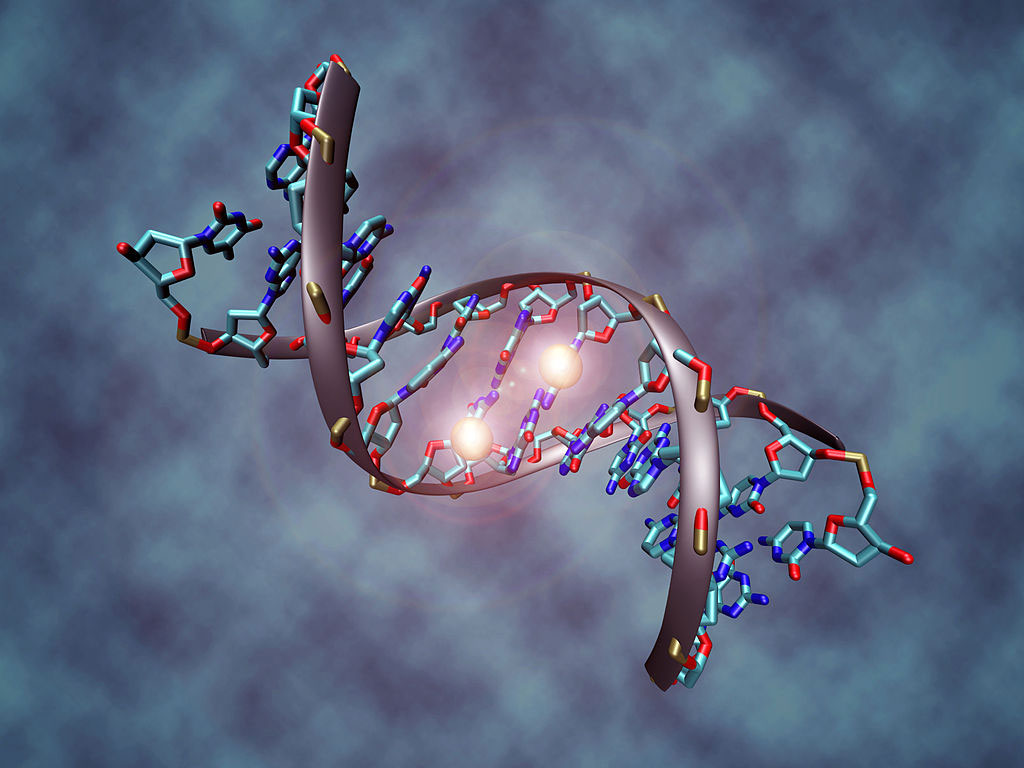Unravelling epigenetics Inspire article
Our genetic information is encoded in our DNA, but that is only part of the story.
Our bodies are made up of hundreds of different types of cells, each one sharing exactly the same DNA. So how does a neuron look so unlike, and function so differently, to a skin cell?
On the other hand, consider identical twins. They may look alike and share the same genetic information, but, strictly speaking, they are not identical.
Like our cells, twins are identical genetically, but not epigenetically. This means that the variation is a result of differences in gene expression (whether a gene is switched on or off), rather than any alterations to the genetic code.

Image courtesy of Christoph Bock (Max Planck Institute for Informatics); image source: Wikimedia Commons
In short, the DNA is tagged (similar to marking it with a highlighter pen), which determines whether or not the gene is transcribed and translated into its corresponding protein. There are three systems that can inhibit, or ‘silence’ genes, and any disruption to these systems can lead to diseases, such as cancer.
Epigenetic gene regulation is particularly important during development, but it continues to have an effect during adulthood. Our environment, and particularly our diet, can change our epigenome. But, what might be even more surprisingly is that these epigenetic changes can be passed on to the next generation.





